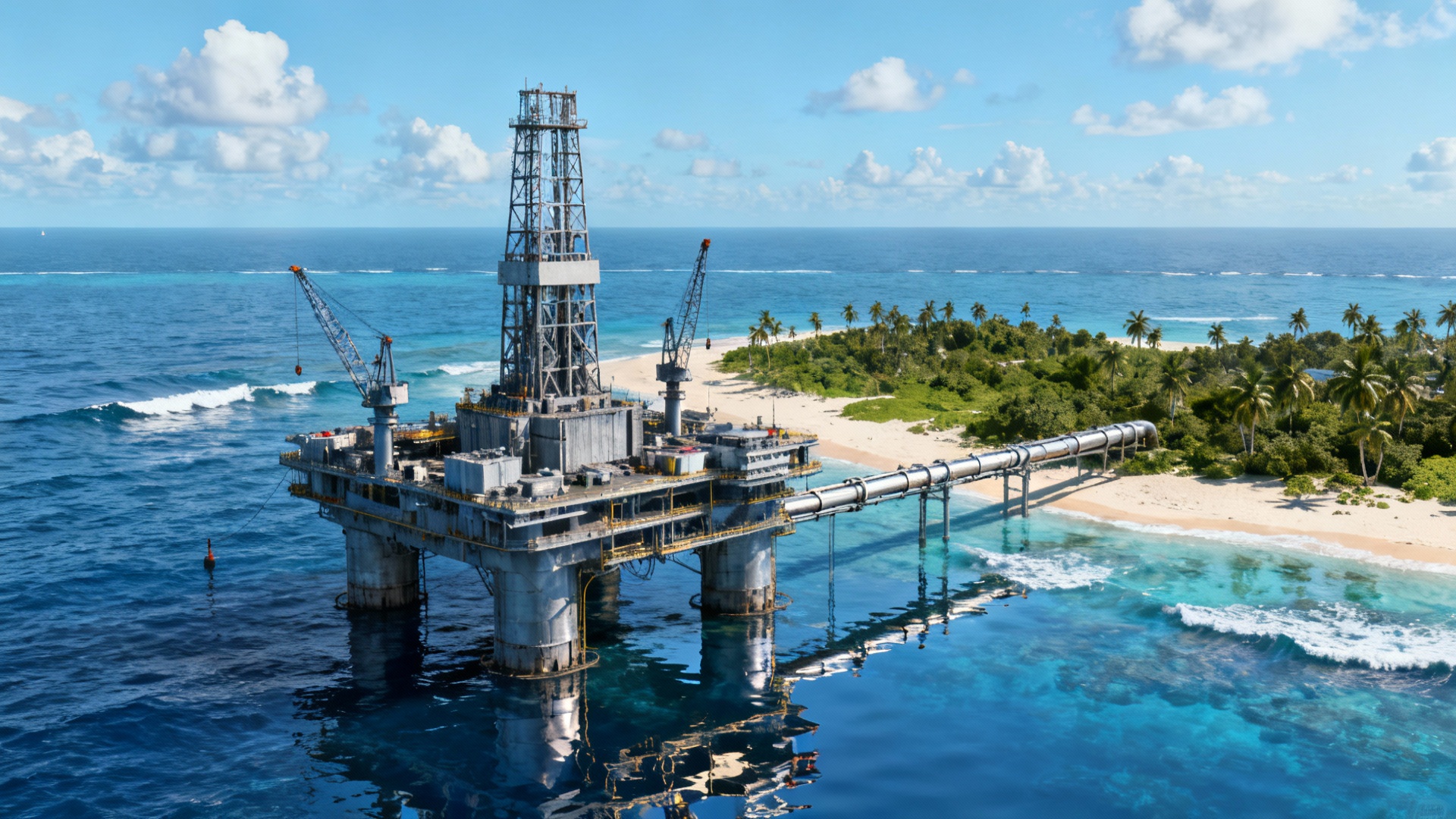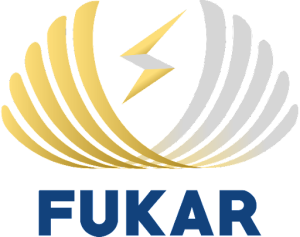Oil And Gas Metal Protection Coating
In the oil and gas industry, equipment reliability and operational safety are paramount to maintaining productive operations and preventing catastrophic failures. Offshore platforms, pipelines, refineries, and drilling equipment face some of the most aggressive environmental conditions on Earth—including saltwater exposure, extreme temperatures, high humidity, and corrosive chemicals. Metal corrosion in these harsh environments poses significant risks to infrastructure integrity, worker safety, and environmental protection. One of the most effective methods to combat corrosion in this demanding sector is zinc plating, a proven process that offers exceptional protective properties and long-term reliability.

Why Metal Surface Protection Matters
Corrosion occurs when metals react with environmental factors such as oxygen, moisture, hydrogen sulfide, and chlorides, leading to progressive material degradation. In the oil and gas industry, unchecked corrosion can result in equipment failure, production downtime, environmental disasters, and significant financial losses.
For the oil and gas sector, metal surface protection is critical for the following reasons:
Ensuring Operational Safety
Corroded pipelines, valves, and pressure vessels can rupture or fail under operational stress, creating hazardous situations for workers and surrounding communities.
Preventing Environmental Contamination
Corrosion-related leaks can lead to oil spills and gas emissions, causing severe environmental damage and regulatory penalties.
Minimizing Downtime and Production Losses
Equipment failures due to corrosion result in costly shutdowns, lost production, and emergency repairs that impact profitability.
Extending Asset Lifespan
Proper corrosion protection extends the operational life of expensive infrastructure, reducing the need for premature replacement and maximizing return on investment.
Meeting Regulatory Compliance
Oil and gas operators must adhere to stringent safety and environmental regulations, where corrosion prevention plays a crucial role in maintaining compliance.
The Science Behind Zinc Plating
Among various corrosion protection methods available, zinc plating has emerged as a preferred technique due to its effectiveness, versatility, and cost-efficiency. Zinc plating involves applying a thin, uniform layer of zinc to metal surfaces through an electroplating process. Here’s why zinc plating is particularly effective in oil and gas applications:
Sacrificial Protection
Zinc is more electrochemically active than steel and iron, meaning it corrodes preferentially. When zinc-plated components are exposed to corrosive environments, the zinc layer acts as a “sacrificial” shield, corroding first and protecting the underlying base metal.
Barrier Formation
Zinc plating creates a robust physical barrier that prevents moisture, saltwater, and corrosive gases from contacting the metal substrate, significantly reducing corrosion rates.
Self-Healing Properties
When zinc plating is scratched or damaged, it develops a protective layer of zinc oxide and zinc carbonate that provides continued protection to exposed areas, maintaining corrosion resistance even under mechanical stress.
Chemical Resistance
Zinc plating offers resistance to various chemicals commonly encountered in oil and gas operations, including mild acids, alkalis, and petroleum products.
Compatibility with Harsh Environments
Advanced zinc plating processes can withstand extreme temperatures and high-pressure conditions typical in oil and gas applications, making it suitable for both upstream and downstream operations.
Applications in the Oil and Gas Industry
Zinc plating is extensively used to protect critical oil and gas components, ensuring operational reliability in the most demanding environments. Below are some examples of its applications:
Pipeline Infrastructure
Fittings, flanges, and connection components in pipelines are zinc-plated to resist corrosion from hydrocarbons, water, and soil contact, preventing leaks and maintaining flow integrity.
Drilling Equipment
Drill bits, pipe connections, and rig hardware benefit from zinc plating to withstand corrosive drilling fluids and harsh subsurface conditions.
Valves and Control Systems
Zinc-plated valves, actuators, and control mechanisms maintain functionality in corrosive environments, ensuring precise operational control.
Offshore Platform Components
Structural fasteners, brackets, and support systems on offshore platforms are zinc-plated to combat saltwater corrosion and extend service life in marine environments.
Refinery Equipment
Process equipment, heat exchangers, and instrumentation in refineries utilize zinc plating to resist corrosion from process chemicals and high temperatures.
Benefits for Consumers and Manufacturers
For Operators:
- Reduced risk of catastrophic equipment failures and safety incidents.
- Lower maintenance costs and extended intervals between inspections.
- Improved operational uptime and production efficiency.
- Enhanced environmental compliance and reduced liability.
For the Industry:
- Meeting stringent safety and environmental standards.
- Reduced insurance and liability costs associated with corrosion-related incidents.
- Improved public perception and corporate responsibility through safer operations.
- Technological advancement in corrosion protection methods supporting industry sustainability.
As the oil and gas industry continues to operate in increasingly challenging environments, including deeper offshore waters and more corrosive geological formations, the demand for advanced corrosion protection methods like zinc plating will continue to grow. The industry’s focus on operational efficiency, safety, and environmental stewardship is driving innovation in surface protection technologies. By investing in proven corrosion prevention solutions, oil and gas operators not only protect their assets but also ensure the safety of their workforce and the environment for generations to come.
